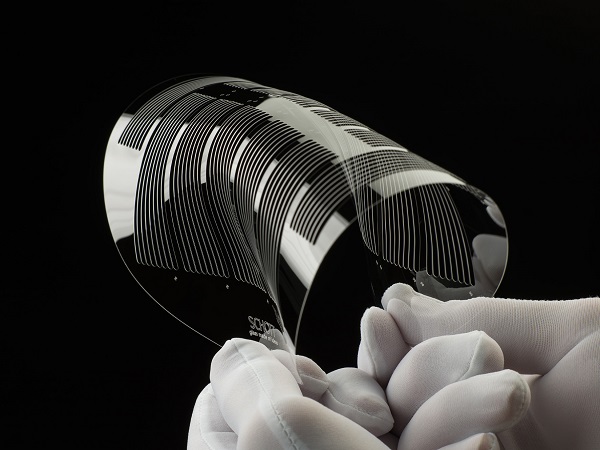Date: 5 August 2013
This video shows two abrasion tests performed on borosilicate glass compared to common plastic materials used in lighting applications, specifically polycarbonate and acrylic. One of the four crucial performance indices for lighting applications, outlined in Kopp Glass, Inc.’s first Expert Perspective article, is abrasion.Wherever lighting must endure harsh environments or be exposed to the elements, cover glass lenses and optics must have abrasion resistant properties in order to maintain efficiency and ensure safety. In the aerospace lighting industry, SAE is working on a regulation that would require exterior lighting designs to account for abrasion. Being aware of the abrasion resistance properties allows engineers to design optimized lighting products and allows end users to make informed purchasing decisions based on the total cost of ownership.
Kopp Glass announces a series of short test videos, “Kopp Borosilicate Glass vs. Thermoplastics” to demonstrate the performance indices covered in the Expert Perspective article released in June. The abrasion video documents both Taber Abrasion and falling sand tests performed on borosilicate glass and two types of thermoplastics, including a hard-coated polycarbonate and acrylic lens.
Stay tuned for upcoming releases in this video series which will test: chemical decomposition, thermal stress, and ultraviolet (UV) degradation.
Click here to view the video: http://bit.ly/1428GIJ
For over 85 years, Kopp Glass has been a trusted advisor to OEM customers worldwide. Kopp’s technical expertise and close collaboration with leading manufacturers has enabled them to develop cutting edge glass molding and engineering techniques that are responsive to the needs of industry.







Add new comment